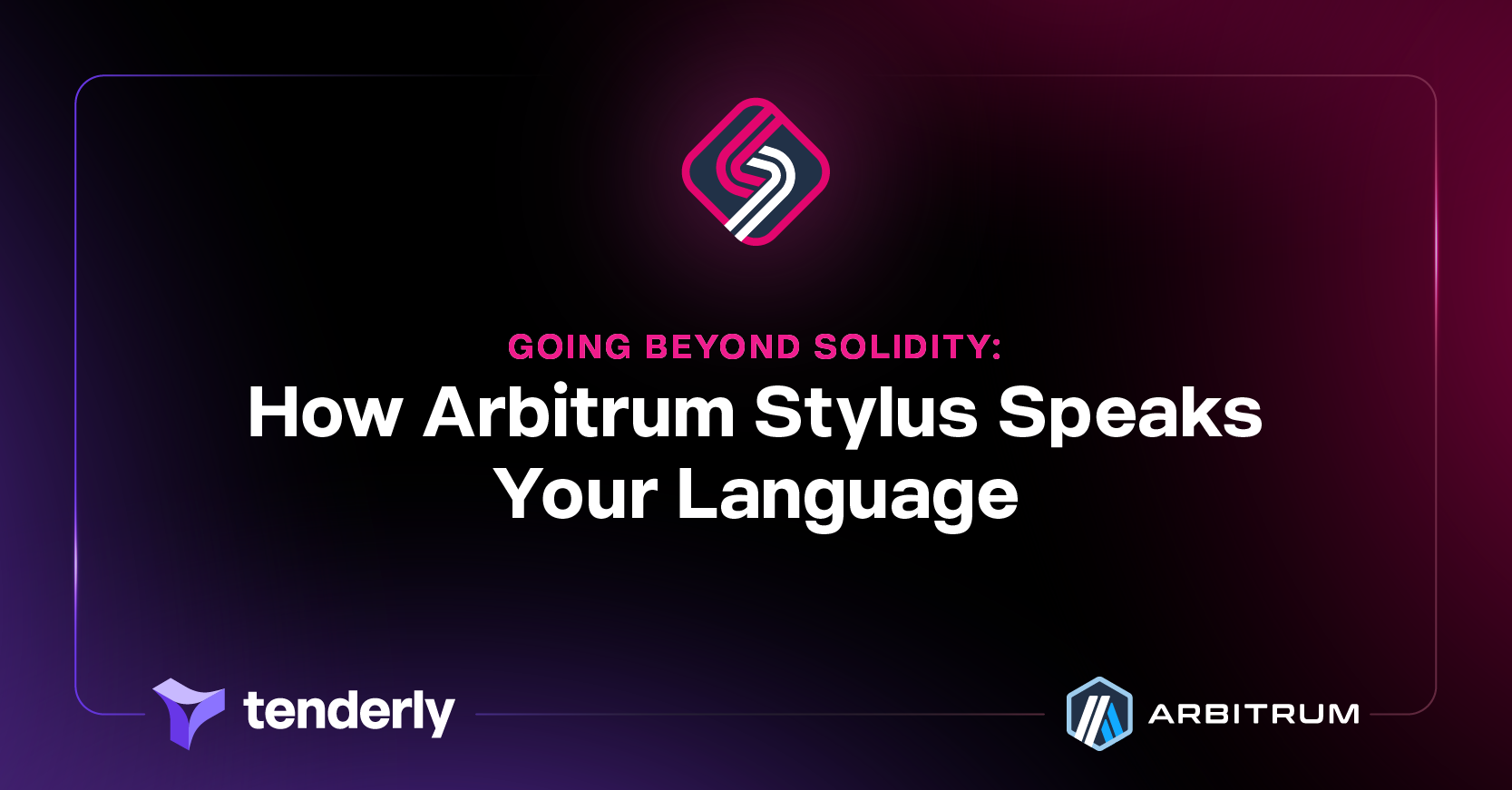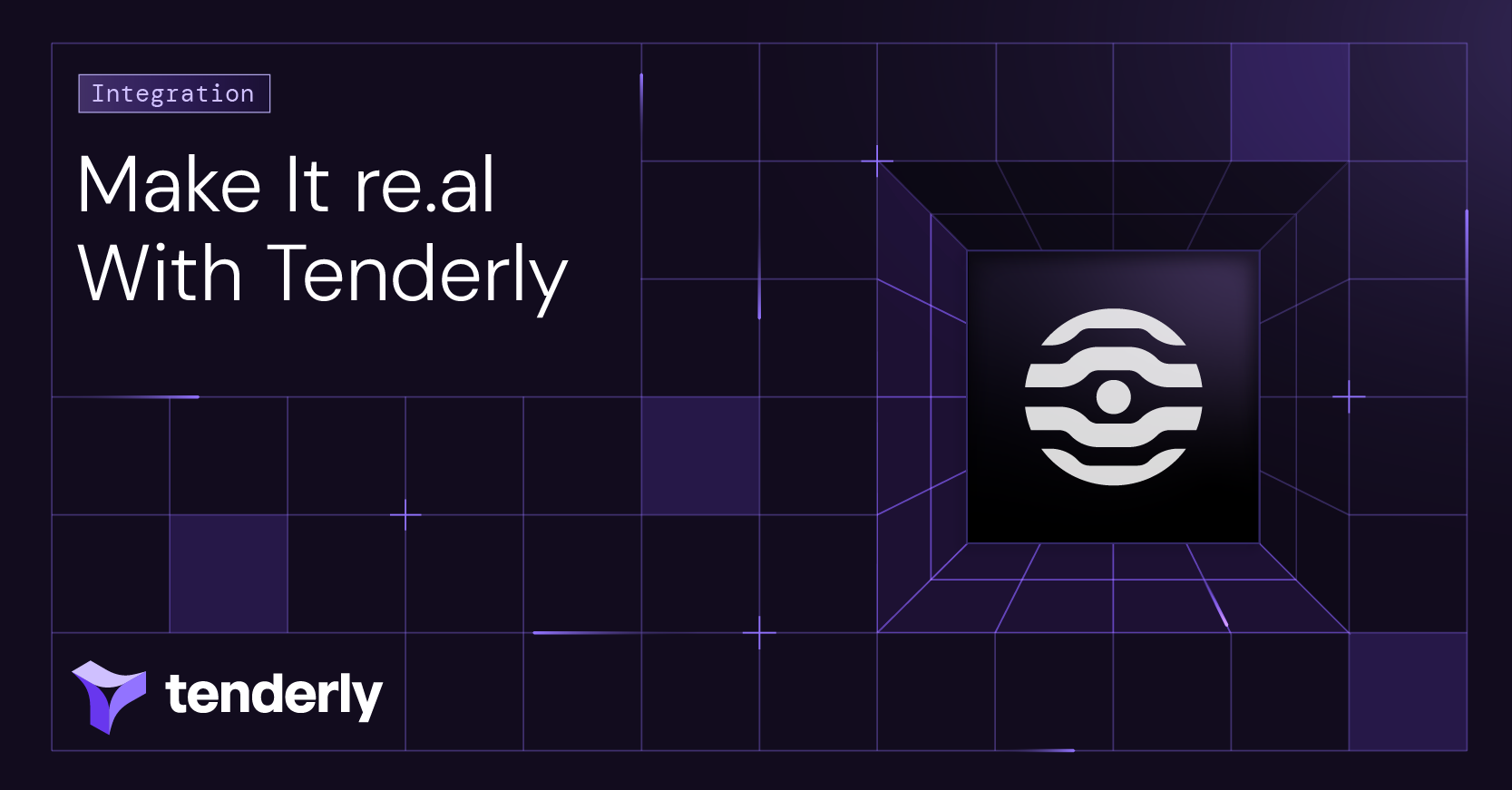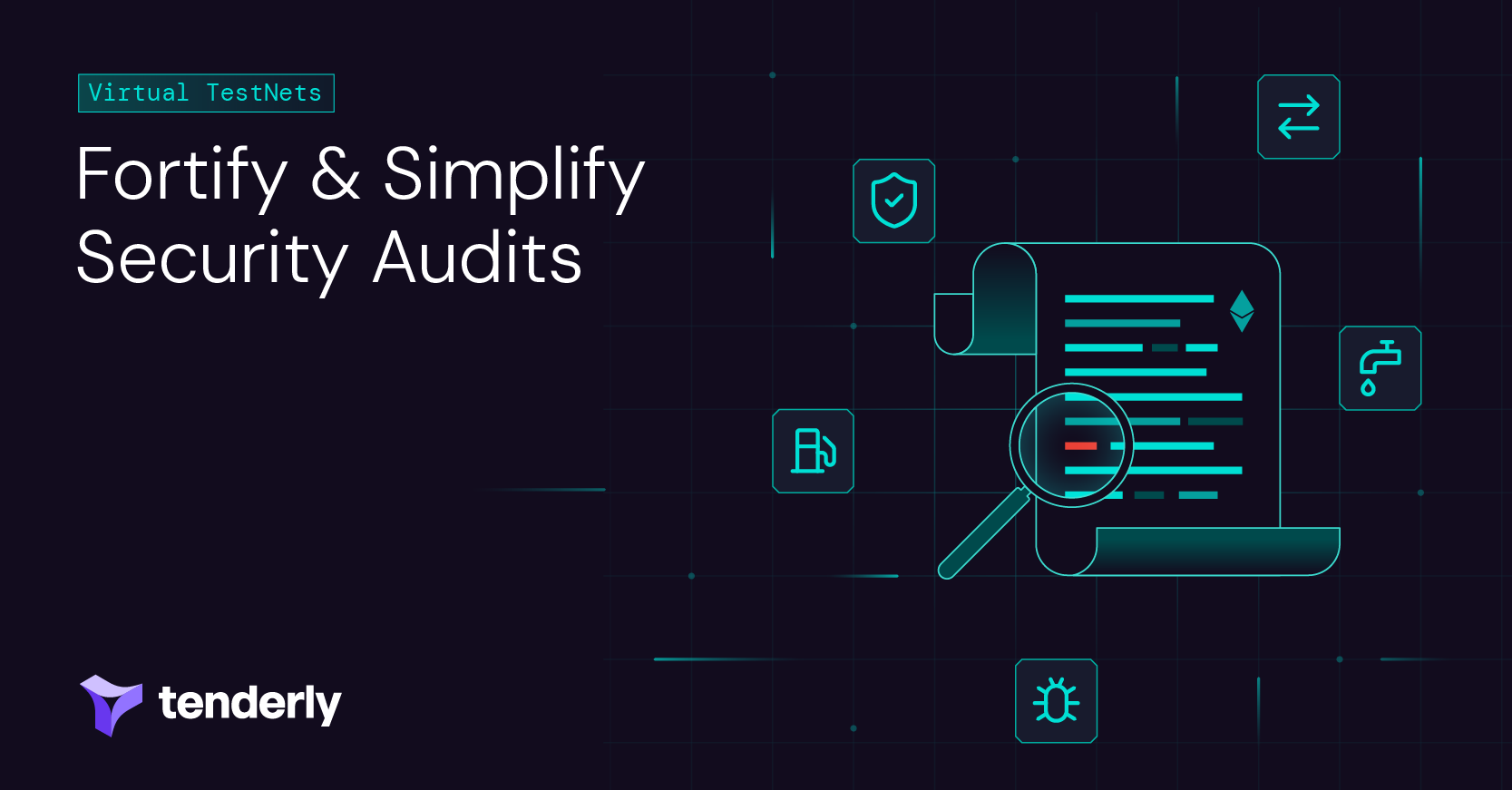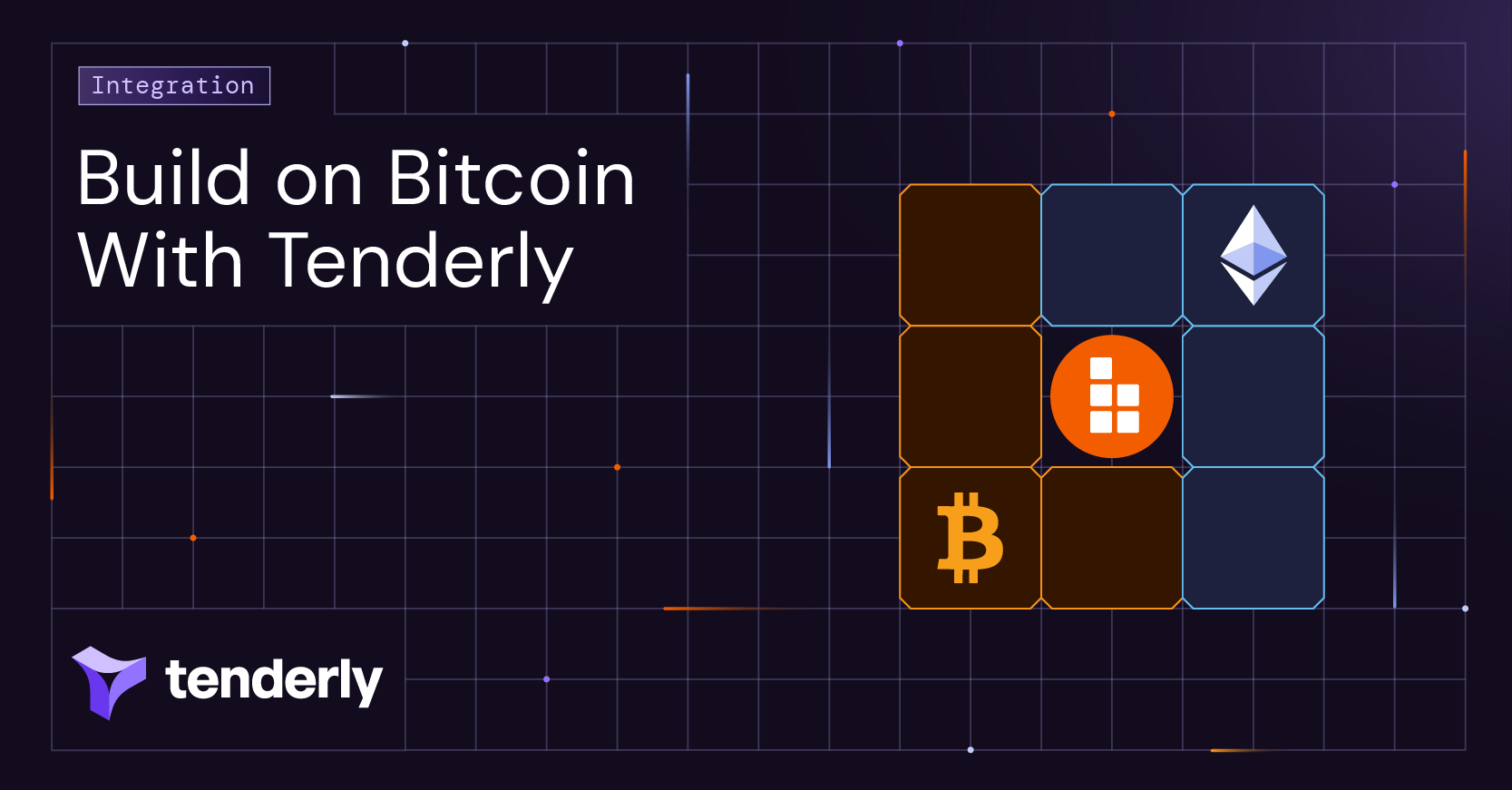Arbitrum Stylus is an execution environment upgrade that allows developers to use programming languages other than Solidity and Vyper, including Rust, C, and C++. Stylus will significantly lower the barrier to entry for Web2 developers by enabling them to use already familiar languages to build on the blockchain. However, it will also open new possibilities for Web3 innovators and enable them to build better-performing applications.
To help you innovate on the blockchain, Tenderly will support Arbitrum Stylus once it’s live on Arbitrum One and Arbitrum Nova which are already on our list of supported networks. This way, you’ll have the much-needed flexibility and extensibility when building on the Arbitrum chains coupled with essential building blocks that will facilitate your entire development journey.
What’s the Arbitrum Stylus upgrade?
The Stylus upgrade introduces a new virtual machine based on WASM bytecode. The new VM runs alongside the EVM, enabling the use of any language that can be compiled into WASM. This new paradigm, called EVM+, ensures the compatibility and composability of smart contracts written in different languages with the EVM. These smart contracts can seamlessly interact with each other no matter the language.
While the upgrade is live on its testnet, the Arbitrum DAO is yet to vote for Arbitrum One and Arbitrum Nova to include the Stylus upgrade.
What Arbitrum Stylus means for devs
Arbitrum Stylus is one of the first runtimes in the Ethereum ecosystem that plays nicely with the current EVM runtime. This, combined with Arbitrum’s existing healthy and thriving developer ecosystem, positions Stylus as a promising upgrade.
More specifically, Arbitrum Stylus will introduce some important benefits for both Web2 and Web3 developers:
- Using Web2 languages in Web3: The most obvious benefit is using languages other than Solidity to write smart contracts on an L2 solution. This possibility will also enable the porting of existing WASM-compatible libraries and tools to blockchain development.
- Smart contract composability: For instance, a smart contract written in Rust will be able to seamlessly call a function of a Solidity smart contract. This will expand the functionalities of each language and open up new opportunities for developers.
- Efficiency improvements in storage, memory, and compute operations: Since Solidity is quite computationally intensive, writing smart contracts in a Web2 language such as Rust will make code much lighter for execution.
- Faster execution times and lower gas fees: Less computationally and memory-intensive code takes less time to execute. The execution will also consume less gas, which will result in even lower gas fees on the Arbitrum chains.
- Day one support for new precompiles: Developers will be able to create their own non-native precompiles for specific operations by deploying cryptography libraries as custom precompiles. This will enable the use of precompiles that weren’t previously possible on EVM chains.
- Greater protection against reentrancy attacks: Arbitrum Stylus enables developers to completely disable reentrancy, which isn’t possible when using Solidity. This will greatly increase the security of smart contracts by design and enable easier detection of reentrancy attacks.
Why Stylus is game-changing in the long run
Aside from bringing invaluable benefits for Web3 developers building on one of the Arbitrum chains, Stylus also brings important implications for the entire blockchain ecosystem.
- The ability to use Web2 languages and WASM libraries will significantly facilitate the transition of Web2 developers to Web3. Web2 developers will be able to use familiar tools to enter the unfamiliar world of Web3 instead of learning a completely new language such as Solidity or Vyper.
- Additionally, since Rust is widely used across the ecosystem, using the same language internally and for blockchain development will greatly improve the productivity of Web3 teams.
- Web3 teams will also be able to explore new applications that were previously too impractical to code. Since Web2 languages are less resource-intensive, Web3 developers will be able to experiment with more complex use cases.
- By using familiar Web2 languages, developers will be able to explain blockchain concepts and design patterns more easily, expanding educational opportunities and supporting blockchain adoption.
- Using Web2 languages on Arbitrum Orbit will greatly facilitate the use of the chain’s specific design patterns, bringing us closer to a multichain future. Teams will be able to launch Orbit chains with speed and ease, while further lowering gas fees and improving execution times.
- Smart contract modularity is likely to change significantly as new customization possibilities open up with the implementation of Stylus.
Supporting the growth of Web3
By introducing Web2 languages to Web3, Arbitrum Stylus will significantly change the landscape of blockchain development. Aside from empowering Web2 and Web3 developers, the upgrade will also support the overall adoption of blockchain technology.
To provide you with complete support and flexibility, Tenderly will continue to support Arbitrum One and Arbitrum Nova as they integrate Stylus. This way, you’ll be able to use our full-stack infrastructure and tooling to innovate on the Arbitrum networks using familiar languages. This support will also facilitate development in a multichain environment and the further adoption of blockchain technology.
In the meantime, you can use Tenderly to build on Arbitrum One, as well as innovate on Arbitrum Nova. Ready to get started? Replicate one of the Arbitrum networks with DevNets and start building!




